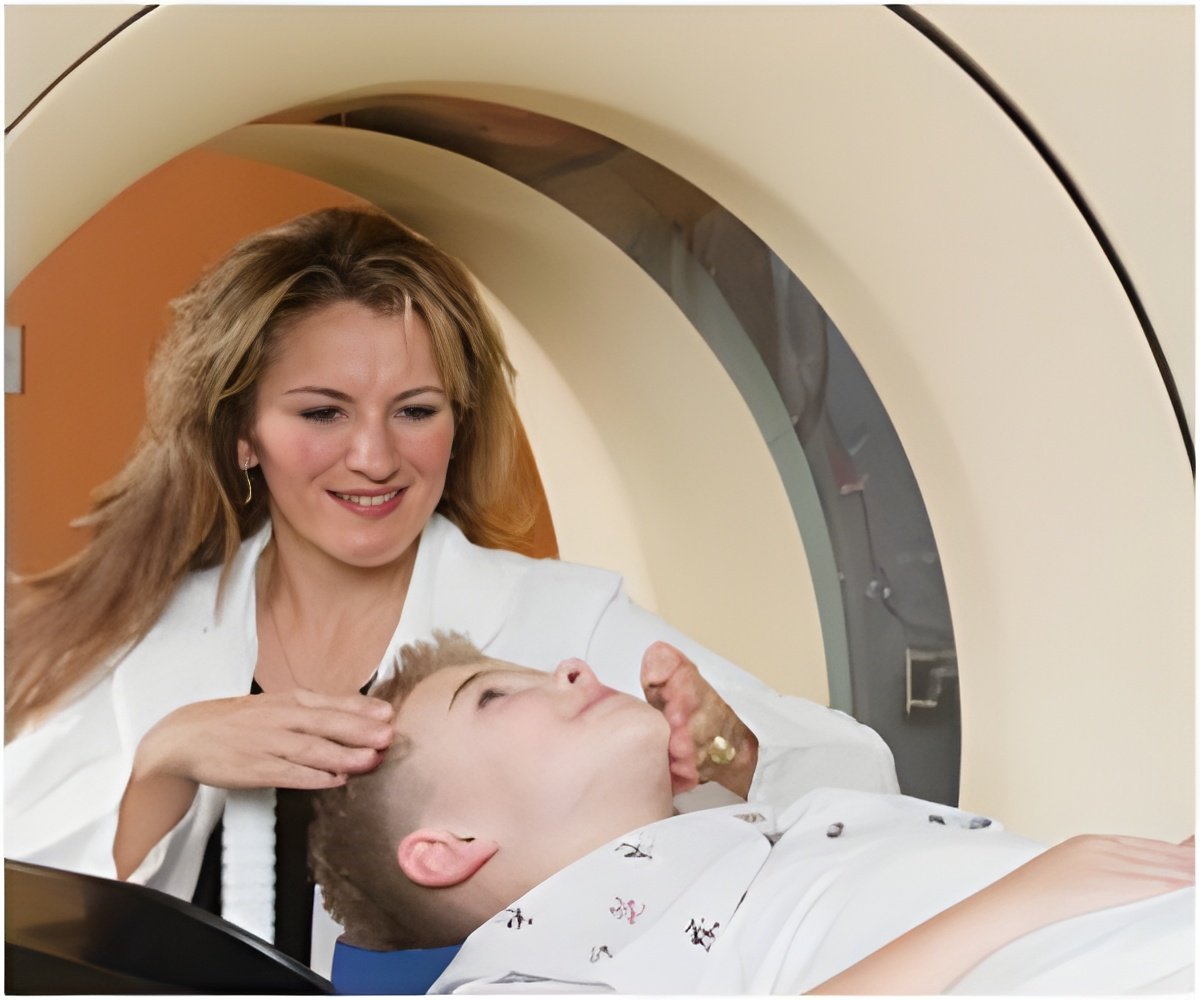A new standard of care for children facing acute myeloid leukemia (AML) may be clear, following a multi-year study published in the latest edition of the New England Journal of Medicine.

While the study found similar survival rates in both arms of the study, survival was overall better than in prior reports. This could create a new standard of care for pediatric patients for whom there is often an adequate single unit and adults for whom there is the need for a double unit should a single unit with an adequate number of blood forming stem cells may not exist.
Umbilical cord blood, a rich source of blood-forming stem cells, has previously been shown to benefit many patients with leukemia and myelodysplasia and other diseases, including bone marrow failure syndromes, hemoglobinopathies, inherited immune deficiencies and certain metabolic diseases. Cord blood offers several advantages for leukemia patients – there is no need for strict human leukocyte antigen (HLA) matching and or prolonged search for a donor.
"Based on promising early studies using two cord blood units in adults for whom one unit is often not sufficient, we designed this study in order to determine if the higher number of blood forming stem cells in two cord blood units might improve survival," explained Wagner. "What we found, however, was that both treatment arms performed very well with similar rates of white blood cell recovery and survival."
Children with blood cancer have previously been shown to benefit from umbilical cord blood, despite HLA mismatch, making it an important alternative for patients who cannot find a matched unrelated donor. However, the limited number of cells in a single cord blood unit obtained from a placenta after the birth of a child, has often curbed its potential benefits. The double UCB approach was pioneered at the University of Minnesota as a strategy to overcome this limitation.
Despite the similarities in survival rates, some differences were noted. Children transplanted with a single cord unit had faster recovery rates for platelets, the cell components important in clotting, and lower risks of GVHD, a condition where the transplanted donor blood immune cells recognize the patient's body as foreign causing a number of complications.
Advertisement
"The involvement of multiple research partners was instrumental to the success of the study completion," added Dennis Confer, M.D., chief medical officer for the National Marrow Donor Program® (NMDP)/Be The Match® and associate scientific director for CIBMTR. "This trial is a testament to the importance of the BMT CTN and the collaboration of partners like the Children's Oncology Group."
Advertisement
One provocative outcome of the study was the finding that significantly HLA mismatch cord blood had no detrimental effect on outcome. Future studies will take a closer look at how the HLA match within the cord blood unit impacts outcomes for patients, particularly those within minority populations.
Source-Eurekalert












